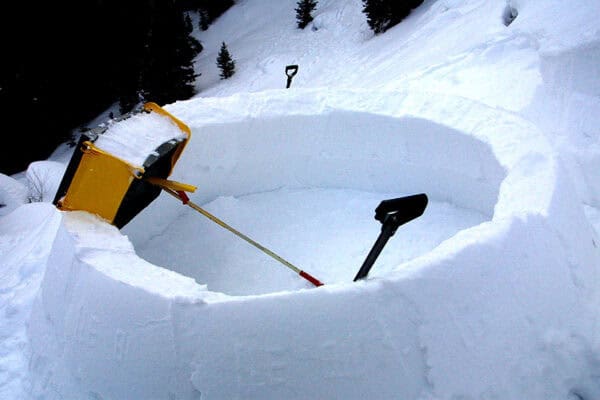Carla -
It's getting on toward stove season again, at least up here in the north country. It's been a very warm September, but I know we'll have snow in the air soon enough. So, maybe it's time to refresh this topic.
Regarding triangular section collapsible stoves (of the style once built by Wyoming Lost and Found - that was indeed the name of the company, in Greybull, WY), I did spot this video:
I'd want a different chimney attachment method than he shows, and as I had mentioned up thread, I am not a big fan of having a bunch of loose pieces, of which collection some critical bit can go missing at the least opportune time. However, as an example of the general layout of a triangular stove, this is representative.
Also, his chimney diameter is quite small. To be fair, 2-1/2" diameter (63mm) is not uncommon in the very small commercial pack stoves, but 3" and 4" pipe hardware is more commonly available (at least here in the US). Spark arrestors, and lightweight damper plates, for example, and "Charlie Noble" rain caps. I have a collection of damper plates, scavenged from junk shops and garage sales, and I am fairly certain I have a 3" cast iron damper plate, and do have a 4" damper. Other bits and bobs for 3" and 4" are available as pellet stove parts.
I now have a roll of 24" wide galvanized flashing (actually bought for flashing an eave, but there will be plenty left over), so I am hoping to get something knocked together as a "Mark 1, Mod 0" prototype pack-flat tent stove within the next few weeks. Though there are lots of other jobs to get done before the snow is knee deep on the ground, too. So, if I do get to that project, I'll post something.
I was also reading a couple of Warren Miller's books on camping (he was an editor at Field and Stream magazine, starting before WWI), in which he has a surprising amount to say about light weight heated tents of various sorts, and some on tent stoves, too. In particular, "Camp Craft" (1915) and "Camping Out" (1918), scans of both of which books can be downloaded from Archive. He was using lightweight cotton cloth such as galatea or cambric, chemically waterproofed or waxed to help it shed water. I've been eyeing up some "downproof" cotton ticking, which should be very tightly woven but still light weight, though I haven't yet taken the plunge. One of his preferred designs for cold weather camping is not unlike my half shelter pup tent (which is honestly quite heavy, already), to which I would like to add a button-on wall skirt to give a bit more head room. There was an article in Boy's Life magazine in the 1950s showing a similar conversion. I'll attach the article, on edit.













